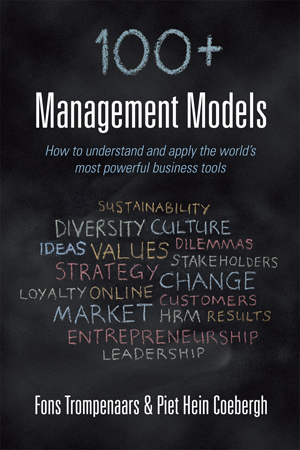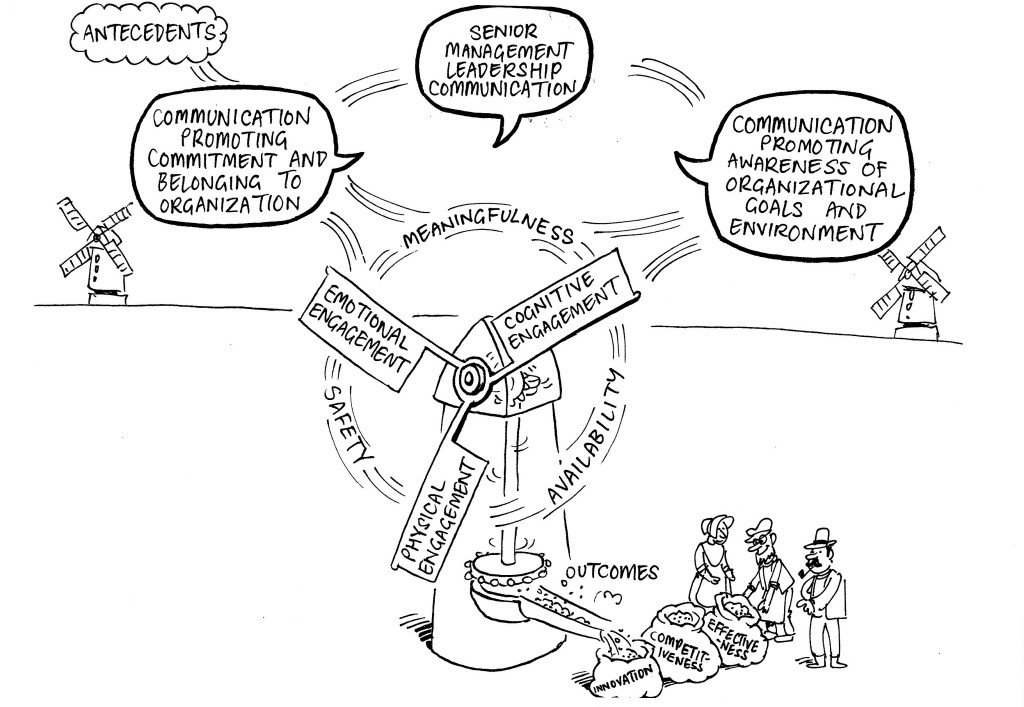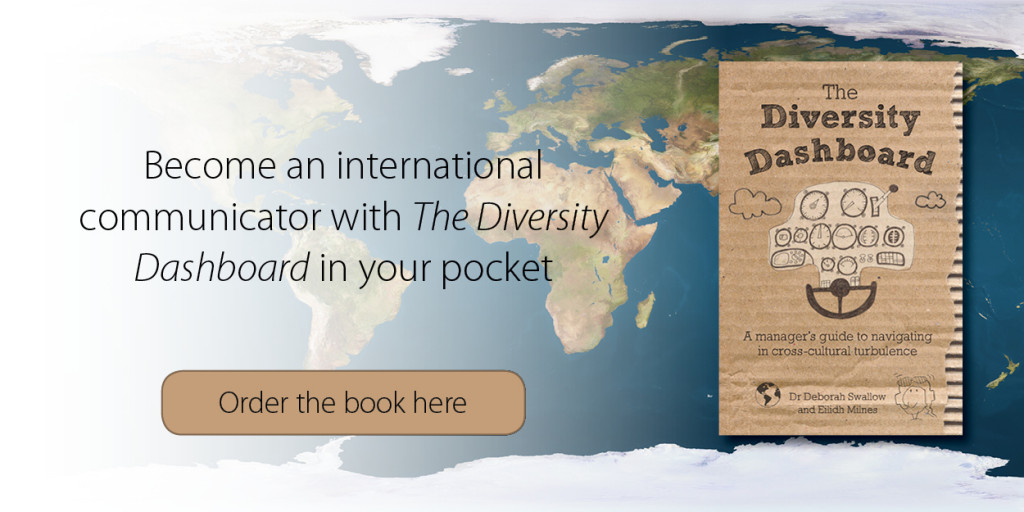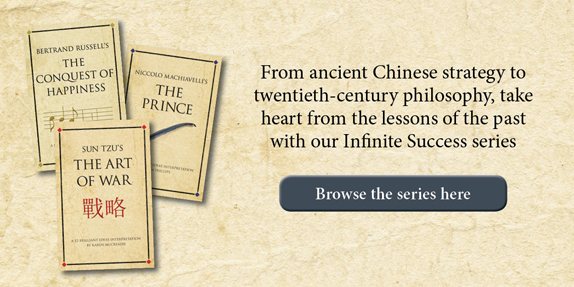Business and finance
Top 10 management models for your business #9: Balancing transparency, Piet Hein Coebergh and Edi Cohen (2009)
24 September 2014 by Catherine Holdsworth in 100+ Management Models, Business and finance
by Fons Trompenaars and Piet Hein Coebergh, co-authors of 100+ Management Models.
Problem statement
What is the optimum level of transparency for an organization?
Essence
Transparency seems to be growing worldwide, yet people differ widely in their assessments of the value and impact of transparency. To explore the risks and benefits of transparency, consultant and former financial journalist Edi Cohen and lecturer and consultant Piet Hein Coebergh reviewed literature on transparency and interviewed 33 (Dutch) achievers in science, politics and business on when individuals or organizations should be transparent about who they are, what they want and what they do. Their research showed that decision makers vary greatly on the dilemma of when to be transparent. Optimists believe that the benefits of transparency outweigh the disadvantages; pessimists believe the opposite. Perceived benefits include increased access to valuable information and increased opportunities to raise one’s voice, leading to emancipation of deprived people. Perceived risks include increased juridification (as people tend to regulate more when they know more) and decreased privacy.
How to use the model
With the help of history professor James Kennedy, Coebergh and Cohen constructed a concave function that reflects how different levels of transparency are experienced. When there is little transparency in a given environment, people find it difficult to trust each other and hesitate to behave flexibly. When people open up and behave more transparently, mutual trust is raised and behaviour becomes more flexible. Conversely, redundant transparency results in people feeling over-monitored, making them feel mistrusted. Juridification – the burden of rules that govern a group – typically measures redundancy of transparency. The reconciliation of the dilemma between emancipation and juridification is governed by the individual and collective morality, taste, ethics and intelligence of stakeholders, as some people deal well with tough information, while others don’t.
Results
The model helps to identify the risks and benefits of transparency for individuals or organizations. This aids in assessing to what extent transparency should be more or less pursued in a given context.
Comments
The pros and cons of transparency are increasingly being researched. For global societies, Kirstin Lord found that ‘the information revolution may not lead to security, democracy or peace’ (2007). For publicly listed corporations, Coebergh (2011) found that transparency (in corporate strategy) significantly contributes to corporate reputation and to liquidity of stock. In a historical essay, Manfred Schneider (2013) also shows that the human urge for transparency is constantly growing, leading to societal control increasingly replacing societal trust.
Literature
Coebergh, P.H., Cohen. E. (2009) Grenzen aan transparantie, Amsterdam, Business Contact.
Coebergh, P.H. (2011) ‘Voluntary Disclosure of Corporate Strategy: Determinants and Outcomes – An Empirical Study into the Risks and Payoffs of Communicating Corporate Strategy’, available online at Social Science Research Network.
Lord, K.M. (2007) The Perils and Promise of Global Transparency: Why the Information
Revolution May Not Lead to Security, Democracy, or Peace, New York, State University of New York Press.
What did we do this week?
19 September 2014 by Catherine Holdsworth in Business and finance, Wine and spirits
It has been a very exciting week in the Infinite Ideas office. We have signed up two new authors and are looking forward to developing our classic wine list with The wines of Austria and Spirits distilled. We have managed to stay (relatively) sober throughout the excitement however and will be updating you on these new titles over the coming months.
All good things come in threes and we have also signed up a new book to our business list, Authentic leadership. Next year is shaping up nicely!
Our author Richard Mayson won the Louis Roederer award for international wine feature writer of 2014 and Richard had a rather splendid evening at the ceremony. You can download the free ebook, Richard Mayson’s guide to vintage Port and read all about this fine wine.
Football business received a fantastic review from Back Page Football, which said ‘it could be Tsjalle van der Burg that fans hold aloft as the saviour of football.’ You can also listen to Tsjalle discuss his book and his thoughts on the future of football here.
If you’re a business leader or would like to be one in the future, you can now get your hands on a copy of 100+ management models by Fons Trompenaars and Piet Hein Coebergh.
Catherine handed in her MA dissertation and will never do homework again (that is unless anyone is willing to sponsor her PhD?). Rebecca was completely indifferent to the result of this week’s bake off and Richard admitted that he has never read The Great Gatsby.
The only management models book you will ever need
14 September 2014 by Catherine Holdsworth in 100+ Management Models, Business and finance
Hundreds of models have been developed to track, measure and forecast business solutions, but as fashions shift how can we apply these theoretical frameworks effectively in real organizations?
Now, for the first time, business leaders can find all the most important models in one place. 100+ management models, the new book from international management experts Fons Trompenaars and Piet Hein Coebergh is a handy reference containing precise summaries of more than 100 classic management models. Each model is presented clearly and concisely, showing what problem it is intended to solve and how it might be used within an organization. All models also contain a helpful visualisation to aid understanding.
 Each model is categorised under one of nine approaches to business: sustainability, innovation and entrepreneurship, strategy, diversity of cultures, customers, human resource management, benchmarking and results, leadership, and implementation. At the end of each section there is a summary of the key dilemmas that tend to emerge from the particular function. This is an ideal book for both university students on management courses and business strategists wishing to find out which management models can work best for their organization.
Each model is categorised under one of nine approaches to business: sustainability, innovation and entrepreneurship, strategy, diversity of cultures, customers, human resource management, benchmarking and results, leadership, and implementation. At the end of each section there is a summary of the key dilemmas that tend to emerge from the particular function. This is an ideal book for both university students on management courses and business strategists wishing to find out which management models can work best for their organization.
You can view the contents list and see some sample models on this page.
Fons Trompenaars is the world’s leading cross cultural management expert. He is founder and director of Trompenaars Hampden-Turner (THT), a renowned consulting firm in the field of intercultural management. He is the author or co-author of eleven books on culture and business, including the global bestseller, Riding the waves of culture. His books have been translated into a dozen languages. Piet Hein Coebergh is an expert in formulating and communicating corporate strategy. He is lecturer at the University of Applied Sciences Leiden and managing consultant at Coebergh Communications & PR. He is author or co-author of a dozen books and articles on communication, governance and e-commerce.
‘I highly encourage students, academics and leaders in business and government to take note of the latest sustainable business models, theories and best-practices set out in this book. The reason is straightforward: we all have a responsibility to make the much needed transformational change towards a more sustainable and equitable world.’
Paul Polman, CEO Unilever and Chairman World Business Council for Sustainable Development (WBCSD)
Top 10 management models for your business #8: Communication and employee engagement
10 September 2014 by Catherine Holdsworth in 100+ Management Models, Business and finance
by Fons Trompenaars and Piet Hein Coebergh, co-authors of 100+ Management Models.
Problem statement
How can employee engagement be strengthened through communication?
Essence
Academic and former communications professional Mary Welch connects insights on HRM, leadership and communication in her view of employee engagement. The roots of her model can be traced back to the work of Daniel Katz and Robert Kahn, who discussed the importance of engaging with employees in their 1966 classic The Social Psychology of Organizations. This was taken up in 1999 by Gallup’s Marcus Buckingham and Curt Coffman in their book First, Break all the Rules, that claimed that engaged employees drive customer loyalty and that ‘The right people in the right roles with the right managers drive employee engagement’. Since then, business interest in the concept has prompted demand for the provision of employee engagement consultancy services, which has been met by companies including Gallup, Aon Hewitt, Mercer, Towers Watson, Hay Group, Kenexa and BlessingWhite. These companies, among many others, offer a series of reports and tools (widely available on their corporate websites) to support the bottom line by measuring and strengthening employee engagement.
How to use the model
This conceptual model illustrates the possible impact of communication on employee
engagement at an organizational level. Engagement is recognized as a three-component construct comprising emotional, cognitive and physical dimensions, associated with dedication, absorption and vigour. The three psychological conditions necessary for engagement (meaningfulness, safety and availability) that Robert Kahn identified in his later work are integrated into the model. Commitment is associated with engagement and is affected by leadership communication, so the model integrates the constructs of organizational commitment as an antecedent of engagement. It positions aspects of leadership communication from senior managers in relation to employee engagement. Communication is a psychological need of employees, which organizations have to meet to maintain and develop employee engagement. Aspects of internal corporate communication are positioned as influencing engagement variables on the one hand (by promoting commitment and a sense of belonging), and as communication engagement outcomes on the other (through awareness and understanding). The model conceptualizes innovation, competitiveness and organizational effectiveness as organizational outcomes of employee engagement, which can be promoted by effective internal corporate communication.
Results
The model encourages communicators to consider potential engagement effects of
communication strategies and tactics as well as the communication needs of employees. In combination with a wide choice of tools that are available on the Internet, typically provided by consulting firms who offer additional services for analysis and implementation, the model serves as an academic reference and possible framework for improvement plans.
Comments
Despite its importance for leaders of organizations, there is considerable academic confusion about the meaning of employee engagement and its contribution to performance. On a theoretical level, however, there appears to be consensus about the strong role of communication. This is in line with how various authors on management theory define the importance of communication in leadership, including John Kotter’s 8-step process for leading change (discussed earlier in this Part), with step four being ‘communicating the vision for buy-in’. Surprisingly, corporate communication literature has not yet adequately considered the concept of engagement. This may be due to confusion concerning the concept, and to concerns about overlaps with other constructs such as commitment. This model tackles the gap in the literature, modelling the role of internal corporate communication in enhancing employee engagement.
Literature
Albrecht, S.L. (2012) Handbook of Employee Engagement: Perspectives, Issues, Research and Practice, Cheltenham, Edward Elgar.
Groysberg, B., Slind, M. (2012) ‘Leadership is a Conversation’, Harvard Business Review, June, pp. 75–84.
Welch, M. (2011) ‘The Evolution of the Employee Engagement Concept: Communication Implications’, Corporate Communications: An International Journal, 16:4, pp. 328–346.
The diverse cultures of cricket
5 September 2014 by Catherine Holdsworth in Business and finance, The Diversity Dashboard
England cricket fans, administrators and players already reeling from their drubbing in the latest ODI series that ends in Leeds today should consult The Diversity Dashboard by Deborah Swallow and Eilidh Milnes. Whatever today’s result England have already been hammered by an Indian team that oozes confidence, aggression and commitment. Captained by M S Dhoni, arguably India’s best captain ever, it is likely that India will inflict a humiliating whitewash on a troubled England one-day set up today. They have their eye on next year’s world cup of course but they are looking much further ahead than that. Perhaps the difference is essentially cultural. Here are Swallow and Milnes on one difference between British and subcontinental mindsets:
Culture crash
Patrick was surprised there hadn’t been more changes since the takeover. He had expected that at least a few heads would have rolled, but here they were, all the old senior management team, waiting for a meeting with the new CEO. It seemed the new Indian owners of the British steel works had a real laissez-faire attitude to their take over. Patrick presented his new business plan and spoke about the investment needed over the next five years. He was prepared and ready for questions – except for the two he got: ‘Why have you only planned for five years?’ and ‘What would the plan look like if we doubled the investment?’
Culture tip
Asian cultures have a long-term orientation. Success will come in time with sustained effort. In these organizations, managers are allowed time and resources to make their own contributions. Measures such as market position, sales growth, and customer satisfaction are key in evaluating business performance. These take time to realize and are more important than short-term results. Asians accept deferred gratification of needs. There is an investment in lifelong personal networks and sensitivity to the interrelatedness of social and business contacts.
Perhaps Ashley Giles should take note.
Tony Blair’s sticking to his story
3 September 2014 by Catherine Holdsworth in Book publishing, Business and finance, Current events
We were all as baffled as the rest of the world to wake up this morning and find out that Tony Blair has won the GQ Award for philanthropist of the year. We’re sure the prestigious award will look just lovely in his million-pound mansion, though he should probably leave space for his imminent receipt of the Nobel Peace Prize.
Whatever we think, he’s clearly convinced the folks at GQ that he’s the real deal. Perhaps Tony is just not telling the rest of us everything about his missions in the Middle East, where he can hardly be hailed as a hero and saviour. But GQ’s woman of the year, Kim Kardashian, will undoubtedly be able to give him some tips on how to look good for the cameras while the world reels in confusion at his latest achievement.
There’s something … Machiavellian about Blair’s rise (and continued rise) from humble Prime Minister to all out celebrity philanthropist saving the Middle East. Yet, as long as he sticks to his original story, surely he is out of danger of being accused of having acted in haste in 2003 in Iraq.
Tim Phillips’ modern interpretation of Machiavelli’s The Prince, points out the value of taking control of your own story and using PR to its maximum effect. It’s all about the spin, and clearly something that Tony has learned well from. He could yet change our minds if he sticks to his guns:
Great leaders through the years have understood the value of propaganda. Machiavelli knew equally well just how important it was to control the way the story was told. ‘Nowadays, for all rulers … it is more necessary to satisfy the people than the soldiers, because the people are more powerful,’ he reminds us.
On 9 April 2003 a large statue of Saddam Hussein in Baghdad’s Firdus Square directly in front of the Palestine Hotel – where the world’s journalists were staying – was dragged to the ground by a furious mob of Iraqis, aided, after long struggles, by an American tank. The citizens chopped off the statue’s head and dragged it through the streets. A marine covered the face of the statue with an American flag. All over the world people watched broadcasts of Iraqis taking off their shoes and using them to slap the fallen statue of Saddam. For days the newspapers and magazines carried the images, too.
But were they the truth? We may never know for sure. Since the event, there have been many reports of the involvement of the US Army in the planning of the ‘spontaneous’ event. The Los Angeles Times reported that a US Marine Colonel had masterminded the planning, and US Army loudspeakers had encouraged the crowd of citizens to join in.
Whatever the exact level of planning, it was a masterpiece of propaganda. It was a highly symbolic event; it happened in exactly the place that would guarantee the maximum level of publicity and it sent an emotional message that couldn’t fail to be understood.
Today, we’re all telling stories. People email, gossip, blog, text, instant message and chat. We have twenty-four-hour news channels that have to report something, even when there’s nothing to report. The average employee is spending sixty-five hours a year gossiping at work, according to a survey by the communications company Equisys. And then there are your suppliers, customers, investors, recruiters and advisors all doing the same about you. Viral marketing, as it is called, is simply word of mouth given a fancy title.
Stick your head above the parapet and someone’s going to review you, write a blog about you or organise a protest about you.
Someone’s going to control this story. If you’re in charge, it had better be you. Today it’s not just the military that uses propaganda; secretive companies like Strategic Communication Laboratories are confidentially employed by everyone from consumer products companies to the United Nations.
Get over the idea that propaganda equals bad. It can stop panic when there’s bad news and make sure more people hear the good news. This stuff doesn’t happen by chance. You need to plan it, exactly as you would any other part of your business.





